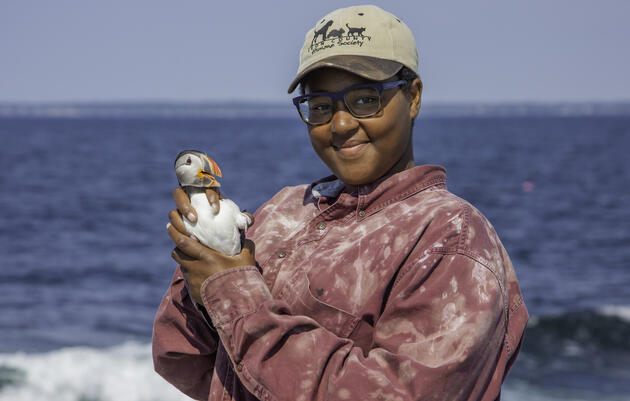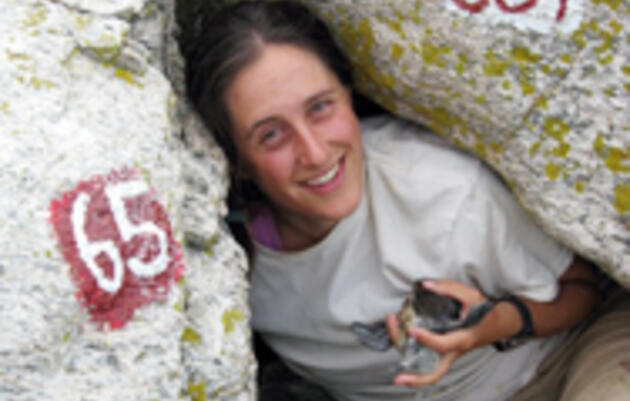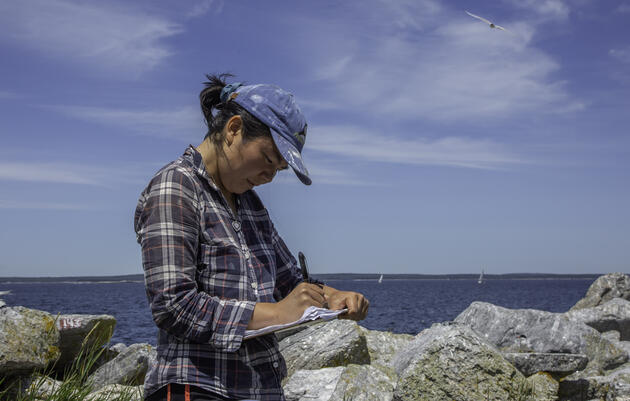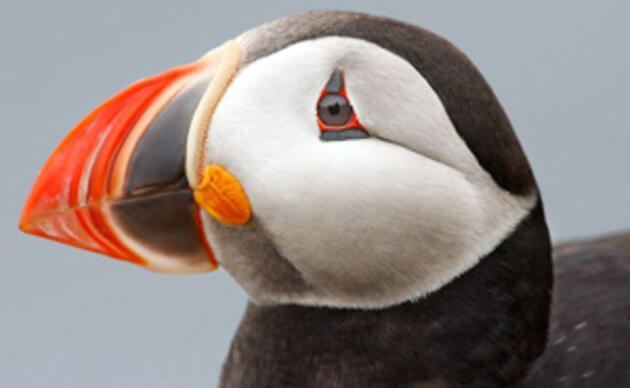Related
Get Involved
Work With Us!
Each summer we hire island supervisors, research assistants and educators to work with us in Maine.
Programs
Island Research Program
Our island conservation and research program is an integrated monitoring, management and research effort.
Get Involved
Island Supervisor
Each Audubon field station on the Maine coast has an Island Supervisor who is responsible for daily operation of the station and associated wildlife sanctuary.
Learn about birds and take action
Adopt-A-Puffin
Adopt now and receive: A Certificate of Adoption, A biography of "your" puffin, and The book How We Brought Puffins Back To Egg Rock by Stephen Kress.
Visitor Center
The Project Puffin Visitor Center (PPVC) is located at 311 Main Street in downtown Rockland, Maine. The center opened its doors officially on July 1, 2006.






